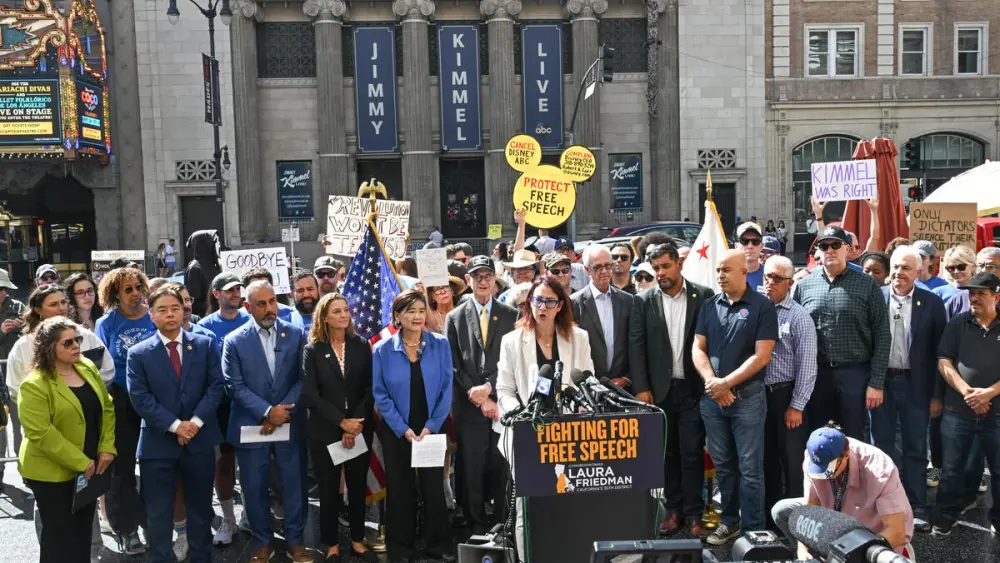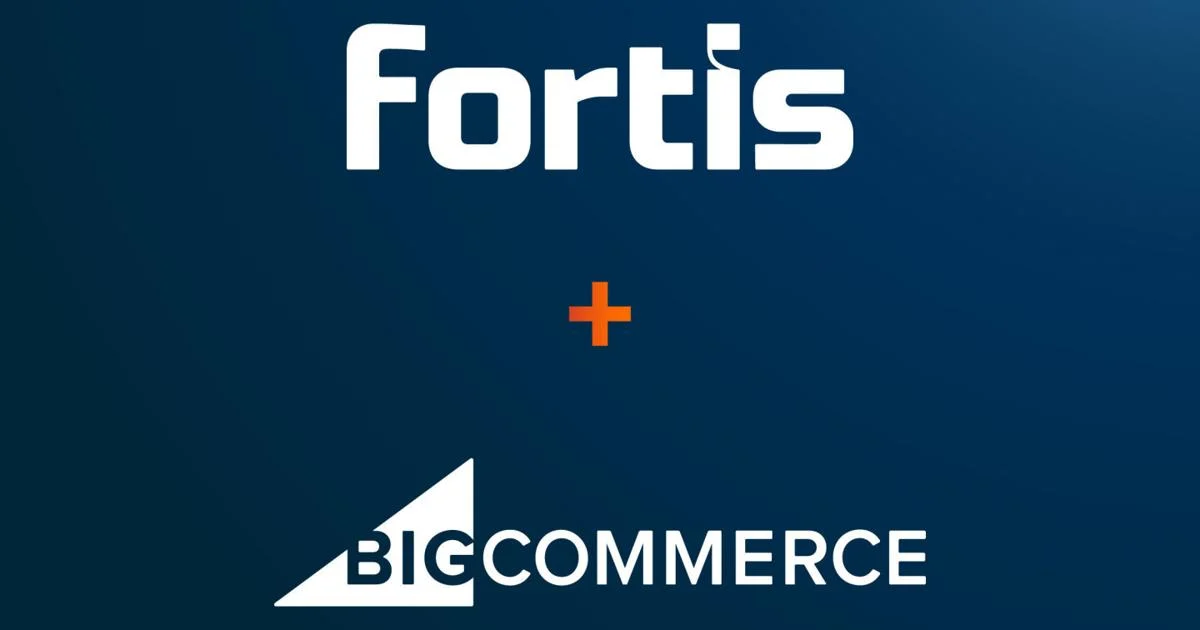
Your company has rolled out AI like it’s a new office uniform. Everyone’s using it. And unlike most uniforms, people are using it even when they are told not to. As a result, your inbox clears itself, your reports write themselves, and meetings collapse into neat little summaries at the click of a button. You may be even be fantasizing about sending your digital clone to those pointless meetings, and perhaps your colleagues have done so already (which may explain their perfect attendance record).
And yet, there’s a difference between outsourcing pointless tasks to AI, and making work better (which also requires you to figure out what to do with the time you save). Plainly put, if you are running faster in the wrong direction you will only get to the wrong place faster. This may explain the recent resurgence of an old paradox, Robert Solow’s law, which in the late 1980s noted that “You can see the computer age everywhere but in the productivity statistics.”
What are you really using AI for?
Right now, most companies treat AI like an espresso shot for knowledge workers. A jolt to help fire off emails, draft decks, or summarize meetings. It feels like magic, but magic tricks don’t grow the bottom line. Saving a few minutes here and there is like sweeping the kitchen when the roof is leaking.
Part of AI’s seduction is its smooth, conversational interface. Ask, and you shall receive. But business value doesn’t appear by asking polite questions: It usually requires hard structural change. And so far, AI’s biggest impact has been making existing processes leaner, often by replacing the interns and juniors who used to do that work. Think of it as corporate liposuction: It trims the fat, but it doesn’t build new muscle. To be sure, as the great Peter Drucker noted, “there is nothing so useless as to make more efficiently what should not be done at all,” which may explain why, in a resurgence of Solow’s law, AI is everywhere except in the productivity stats.
Subscribe to the Daily newsletter.Fast Company’s trending stories delivered to you every day
Privacy Policy
|
Fast Company Newsletters
Cutting costs makes humans twitch
Behavioral economists call it loss aversion: We hate losing more than we enjoy winning. Announce that AI will eliminate jobs, and people panic, even when the math adds up. History, though, shows a different pattern: As old tasks disappear, new ones emerge. Just as the rise of spreadsheets created a need for finance analysts, AI will create demand for data governance, ethics, and human oversight. The long arc of technology bends toward job growth, but the bumps along the way are brutal.
The real promise of AI isn’t subtraction, it’s addition
Netflix recently used generative AI to add an impossible scene to a show, something too costly and complex with traditional methods. That’s the story leaders should chase: holding baseline costs steady and producing something better. AI at its best is not a fancier calculator; it’s a time machine that lets you create what yesterday was impossible.
So what makes a great AI project?
Right now, too many organizations are wandering around with a hammer, mistaking everything for a nail. A CEO’s blanket mandate, “everyone must use AI,” is like ordering an army to march without telling them where the battle is.
Great AI projects share three ingredients:
Volume: Attack the most common, repetitive activities that drive your business. Shave seconds off the thing done a million times, and you’ve found your goldmine.
Variability: Raise the floor. Get average performers closer to your best. It’s like tightening a symphony so fewer notes are off-key.
Human Glue: Fix the broken joints between systems. AI shines when it eliminates the soul-crushing cut-and-paste that holds organizations hostage.
But here’s the kicker: speeding up one cog in a broken machine doesn’t make the whole machine run better. Unless you reimagine end-to-end processes (often across teams and departments) you’re just moving bottlenecks around, and should really not expect great results.
Data: the ceiling that caps your ambitions
AI is like a gourmet chef: It can cook only with the ingredients you give it. If your data is stale, inconsistent, or scattered across warring silos, don’t expect a Michelin-starred meal. Most firms have exquisite data in a few areas (finance, operations), but HR and talent data? That’s like a pantry filled with mystery cans. You know who got promoted, but not why. You feel when a team clicks, but can’t quantify it in machine-readable terms. Without proprietary, well-structured data, your “competitive advantage” is just reheating the same meal as everyone else.
advertisement
Culture: the silent killer
Even the sharpest AI project can crash into an organization’s immune system. A culture obsessed with cost-cutting breeds fear. Misaligned incentives choke collaboration. A weak communication culture makes change management impossible. Remember, 80% of change projects fail, and AI doesn’t get a free pass (it is still a change management task, and very much led by humans).
Layoffs may feel like the obvious shortcut, but decades of research show that slashing headcount first is like burning the furniture to heat the house. It buys a little time, but undermines long-term survival. Leaders need to show courage, humility, and clarity. Employees, meanwhile, can choose to be architects of change instead of passive victims—reimagining work, learning new skills, and using AI as a career lever rather than a threat.
Doing Better
Right now, too many firms are playing the corporate equivalent of toddler soccer: everyone chasing the ball, no strategy, lots of shouting. Winning with AI depends on three foundations:
The right technology, deployed against the right problems
The right data, accurate and unique
The right culture, aligned and prepared for change
Everything else is noise.
The lesson is clear: AI is not the main course, it is the fire. It can burn the house down, or it can cook a feast no one thought possible. What separates the two outcomes is not the cleverness of the algorithms, but the imagination of the people deploying them. If leaders see AI only as a knife for trimming costs, they will eventually cut into the bone of their own organizations. But if they see it as a telescope (an instrument that lets us glimpse horizons we couldn’t see before) then AI becomes a catalyst for growth, innovation, and human potential. The future won’t be won by those who use AI most quickly, but by those who use it most wisely: to create new value, to elevate human talent, and to turn technological possibility into strategic reality.



